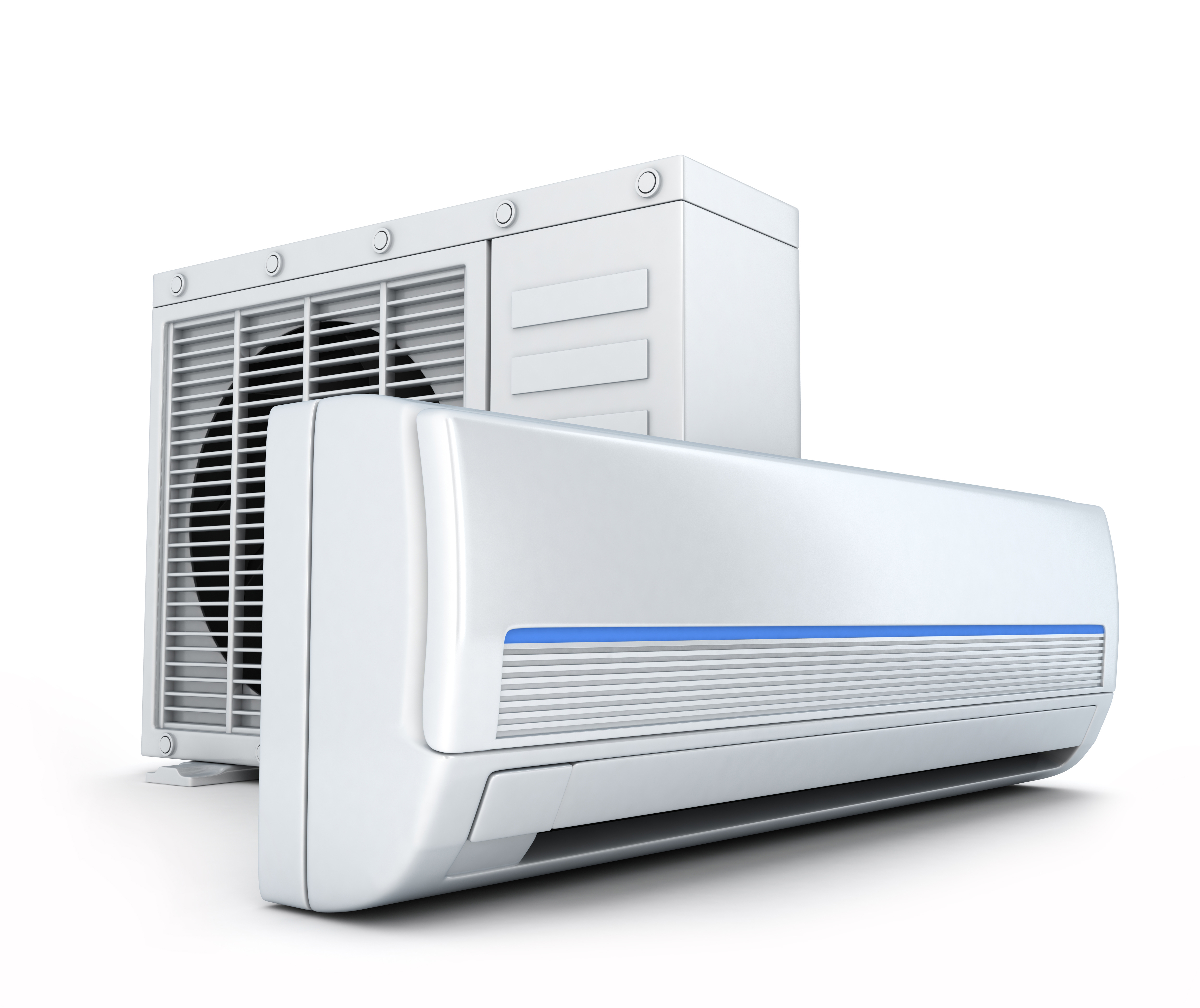The Chronicles of Heating, Ventilation, and Air Conditioning: Development Throughout the Decades

Heating, ventilation, and air conditioning, ventilation systems, and cooling systems, commonly known as HVAC, is a vital component of modern life that many people don't appreciate. From the cozy atmosphere of a heated home in winter to the crisp air of air conditioning during scorching summers, HVAC systems play a crucial role in our quality of life and well-being. The history of HVAC is a fascinating journey that illustrates human ingenuity and technological advancements over the decades, transforming the way we regulate our indoor environments.
As we delve into the progression of HVAC, we will explore how these systems began, their advancement through the years, and the breakthroughs that have shaped today's heating and cooling solutions. Whether you are a homeowner looking to enhance your system or a company leader seeking efficient climate control, understanding the history and function of HVAC is key to making wise decisions. Join us as we uncover the landmarks in HVAC history and how they relate to the ease and productivity of our home and working spaces.
Understanding HVAC Systems
HVAC, that refers to heating, ventilation, and air conditioning, is a essential component in both residential and commercial buildings. Its primary function is to provide comfort by regulating indoor temperatures, controlling humidity levels, and guaranteeing high air quality. These units combine various technologies to enable heating during chilly seasons and cooling during hotter seasons, making them necessary for year-round comfort.
The components of an HVAC setup typically consist of a heater or boiler for heating, an AC for refreshing, ductwork for distributing temperature-controlled air, and ventilation systems to bring in fresh air and remove stale air. Progress in HVAC innovation have resulted in improved energy effectiveness and more control over warming and cooling settings, often incorporating intelligent technology that enables homeowners and businesses to enhance their energy consumption and lower expenses.
An efficient HVAC setup not only boosts comfort but also plays a significant role in upholding indoor air quality. By filtering and circulating air, these units reduce allergens and pollutants, which is particularly critical for individuals with respiratory conditions. Proper knowledge and maintenance of HVAC components can result in a safer living space and higher performing functioning, eventually conserving energy and lowering energy expenses.
HVAC Upkeep and Performance
Regular care of your HVAC equipment is vital for maintaining its effectiveness and durability. A properly cared for system not only performs more efficiently but can also lead to substantial savings on power bills. Basic maintenance tasks include replacing air filters regularly, cleaning ventilation systems, and monitoring the thermostat controls. By keeping he said in good condition, you can prevent unnecessary strain on the equipment, which often results in costly repairs and wasteful energy use.
In alongside regular upkeep, periodic maintenance is important for optimizing your system's efficiency. Spring and autumn are ideal times to book expert tune-ups, as these times typically involve shifting between warm and air conditioning modes. Technicians can examine various components, such as refrigerant levels, electrical connections, and motor operations, ensuring that your system operates smoothly when it is essential the most. Neglecting these annual check-ups can lead to surprising breakdowns when temperatures rise or plummet.
Boosting the efficiency of your HVAC unit can also be obtained through advanced technology and upgrades. Adopting a programmable thermostat enables better temperature control depending on your routine, cutting energy consumption when you are out. Moreover, consider investing in highly efficient appliances or divided heating and cooling solutions. Over time, these improvements can greatly boost system efficiency, reduce your carbon footprint, and lead to substantial cost savings on power bills.
Advancements in Heating, Ventilation, and Air Conditioning Technology
The heating and cooling sector has seen noteworthy progress over the years, leading to increased efficiency and better comfort for homeowners. Intelligent thermostats are a key advancement, allowing consumers to manage their climate control systems remotely. These devices adapt to user choices and modify settings automatically, resulting in reduced electricity usage and decreased utility bills. Additionally, connection with smart home technology enables seamless control of HVAC alongside other automated devices, enhancing overall utility.
Another breakthrough in HVAC systems is the introduction of variable refrigerant flow systems. These technologies allow for precise temperature control and efficient operation by adjusting the amount of refrigerant flowing to internal units based on requirements. This versatility not only enhances comfort but also considerably reduces energy consumption compared to older systems. Advancements in ductless mini-split systems have made heating and cooling more accessible for residences without pre-installed ductwork, allowing for personalized climate control in specific spaces.
Ground-source heat pumps represent another advanced solution in HVAC systems. By harnessing the earth's stable underground temperature, these systems can provide highly efficient heating in the cold months and cooling in the summer, often with substantial energy savings. The starting expenses may be more, but the long-term advantages include reduced utility costs and a lower carbon footprint. As advancements continues to evolve, HVAC systems are becoming smarter, even more efficient, and better aligned with sustainable practices, defining the next generation of heating and cooling.

